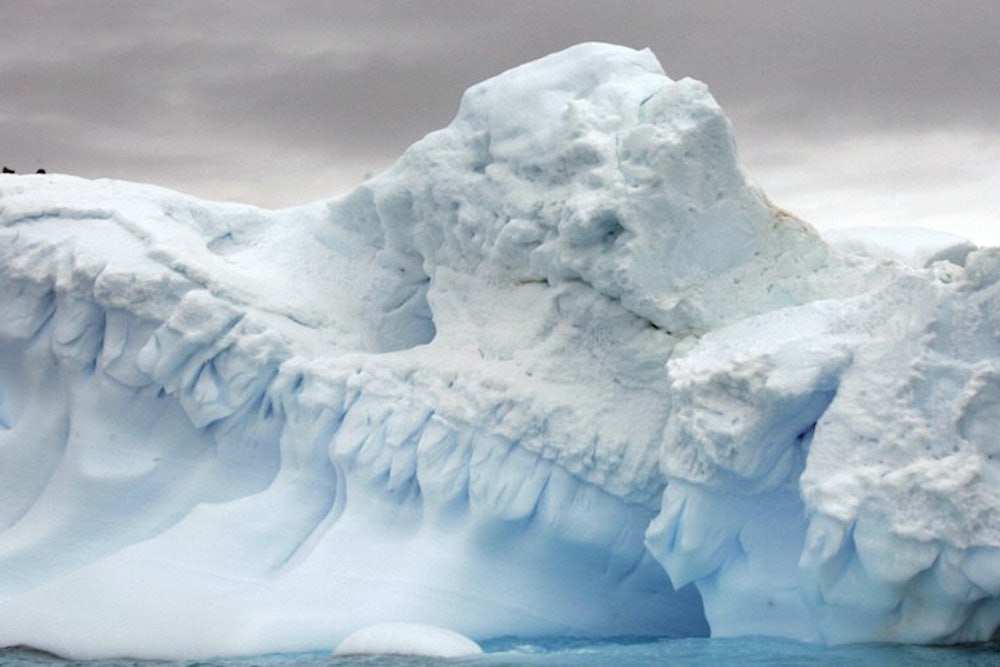A new NASA study found that Antarctica is gaining more ice than it’s losing. But that isn’t a sign that climate change is slowing down.
A team of researchers from NASA’s Goddard Space Flight Center, the University of Maryland in College Park and Maryland-based engineering firm Sigma Space Corporation analyzed satellite data and found that the continent gained 112 billion tons of ice per year from 1992 to 2001. But then that rate slowed down, to 82 billion tons of ice per year between 2003 and 2008. If the trend continues, it would take only 20 or 30 years for the ice melt in Antarctica to outweigh the ice gains, according to Jay Zwally, a NASA glaciologist and the lead author on the study.
“I don’t think there will be enough snowfall increase to offset these losses,” Zwally said in a statement on Friday. In other words, we’re not in the clear.
Zwally’s team’s findings conflict with other studies on ice levels in East Antarctica. “We’re essentially in agreement with other studies that show an increase in ice discharge” in other parts of the continent, Zwally said. “Our main disagreement is for East Antarctica and the interior of West Antarctica; there, we see an ice gain that exceeds the losses in the other areas,” he said.
Specifically, the discrepancy stems from the fact that other scientists assumed increased land elevation in East Antarctica was due to increased snowfall in the region, rather than thicker ice. But Zwally’s team found that snow accumulation in the region has actually been declining—leaving only the possibility that the elevation is due to the presence of more ice.
That finding throws a wrench in sea level rise models; the net gain in overall ice means that Antarctica can’t possibly be contributing to sea level rise. In fact, according to the study, Antarctica is currently slightly lessening global sea level rise. But right now, the IPCC, the climate change body of the United Nations, attributes a portion of sea level rise specifically to ice loss on the continent.
“The good news is that Antarctica is not currently contributing to sea level rise, but is taking 0.23 millimeters per year away,” Zwally said. “But this is also bad news. If the 0.27 millimeters per year of sea level rise attributed to Antarctica in the IPCC report is not really coming from Antarctica, there must be some other contribution to sea level rise that is not accounted for.”
In other words, the scientific community now has a mystery on their hands. Where is that .27 millimeters of annual rise coming from?
This story was originally published by Newsweek and is reproduced here as part of the Climate Desk collaboration.
